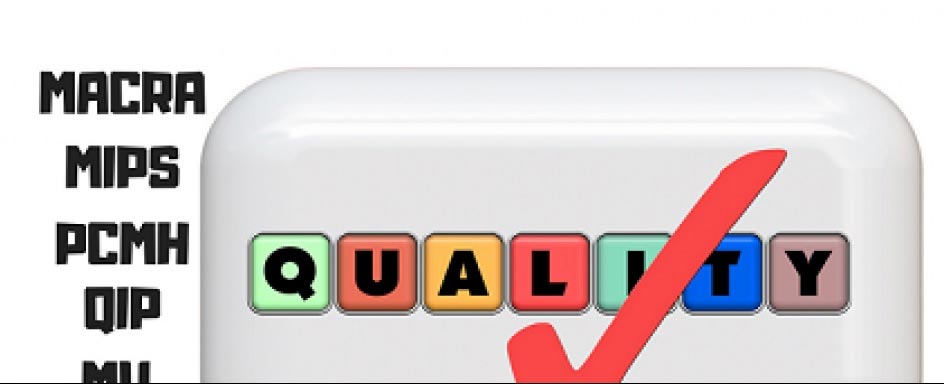SBA FUNDING ROUND TWO: POSITIONING YOUR PRACTICE FOR SUCCESS
Alternate Lenders As the second round of SBA funding becomes available, some small business owners who were not funded during the first round may be considering submitting applications to alternate lenders. SmartAsset.com has compiled a list of participating lenders. We combed through the list and pulled out those lenders who work in New York State and who appear to be accepting PPP applications from non-customers. This partial list is intended to speed your review process if you decide to seek Learn More “SBA FUNDING ROUND TWO: POSITIONING YOUR PRACTICE FOR SUCCESS”






